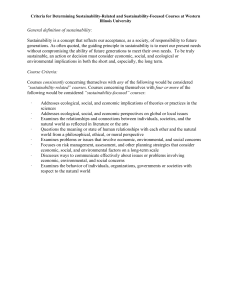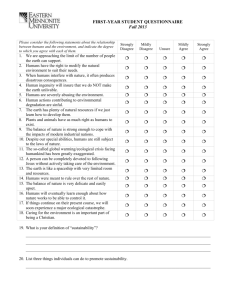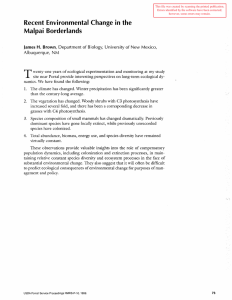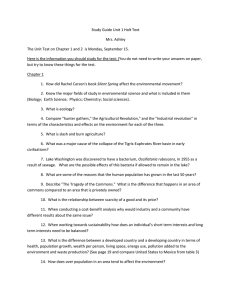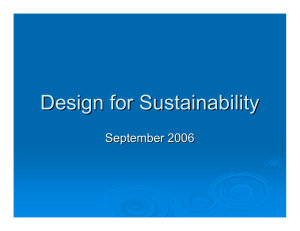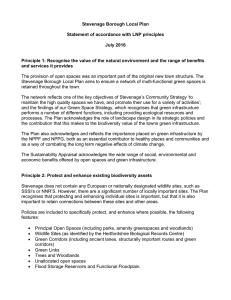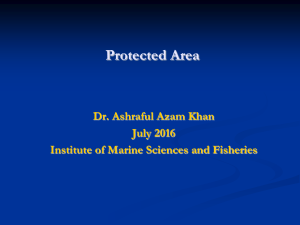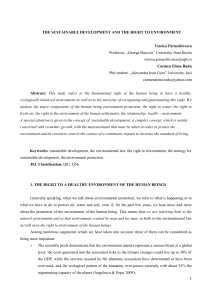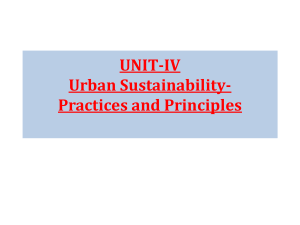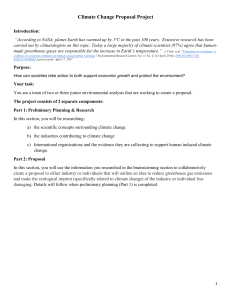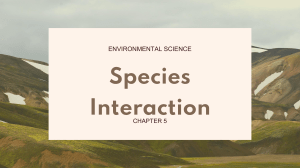Building:One Sustainability Construction and Refurbishment Case Study Estate Development Service
advertisement
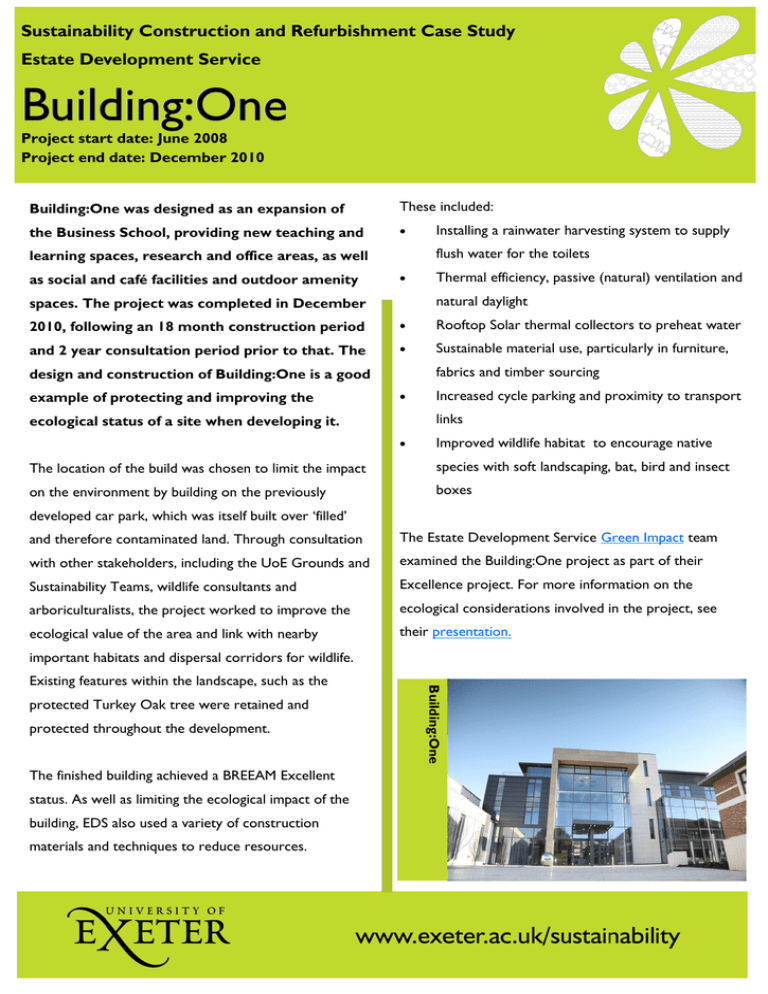
Sustainability Construction and Refurbishment Case Study Estate Development Service Building:One Project start date: June 2008 Project end date: December 2010 Building:One was designed as an expansion of These included: the Business School, providing new teaching and flush water for the toilets learning spaces, research and office areas, as well as social and café facilities and outdoor amenity Installing a rainwater harvesting system to supply Thermal efficiency, passive (natural) ventilation and natural daylight spaces. The project was completed in December 2010, following an 18 month construction period Rooftop Solar thermal collectors to preheat water and 2 year consultation period prior to that. The Sustainable material use, particularly in furniture, fabrics and timber sourcing design and construction of Building:One is a good example of protecting and improving the Increased cycle parking and proximity to transport links ecological status of a site when developing it. Improved wildlife habitat to encourage native The location of the build was chosen to limit the impact species with soft landscaping, bat, bird and insect on the environment by building on the previously boxes developed car park, which was itself built over ‘filled’ and therefore contaminated land. Through consultation The Estate Development Service Green Impact team with other stakeholders, including the UoE Grounds and examined the Building:One project as part of their Sustainability Teams, wildlife consultants and Excellence project. For more information on the arboriculturalists, the project worked to improve the ecological considerations involved in the project, see ecological value of the area and link with nearby their presentation. important habitats and dispersal corridors for wildlife. protected Turkey Oak tree were retained and protected throughout the development. The finished building achieved a BREEAM Excellent status. As well as limiting the ecological impact of the building, EDS also used a variety of construction materials and techniques to reduce resources. Building:One Existing features within the landscape, such as the
